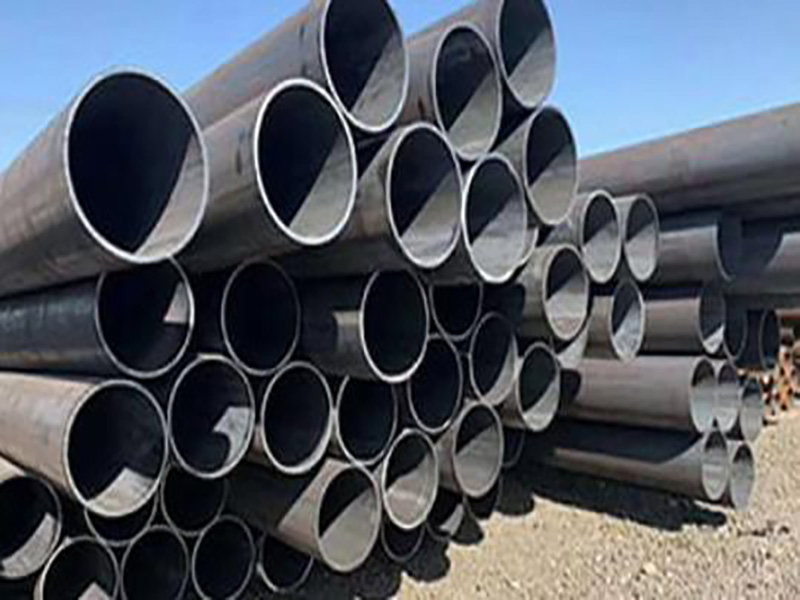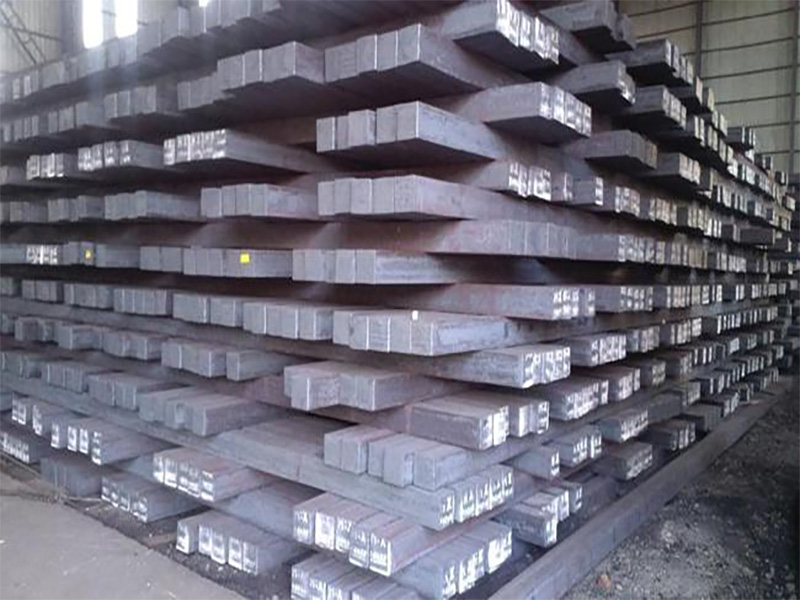

Before Normalization process of steel, a few words about the classification of steel are in order. Steel is a material of a certain shape, size and properties made from ingots, billets or steel by pressure machining. Steel is mostly processed by means of pressure processing, which causes plastic deformation of the processed steel (billets, ingots, etc.). According to the steel processing temperature can be divided into two kinds of cold processing and hot processing; according to the different shapes of the section, steel can be divided into four categories: profiles, plates, tubes and metal products. The normalisation process of steel

(1) Structural steel for construction and engineering is referred to as construction steel, which refers to the steel used in buildings, bridges, ships, boilers or other engineering to make metal structural parts. Such as carbon structural steel, low-alloy steel, steel reinforcing steel, etc.
(2) Structural steel for machinery manufacturing refers to the steel used to manufacture structural parts on machinery and equipment. These steels are basically high-quality steel or advanced quality steel, mainly high-quality carbon structural steel, alloy structural steel, easy to cut structural steel, spring steel, rolling bearing steel, etc.
Generally used in the manufacture of various tools, such as carbon tool steel, alloy tool steel, high-speed tool steel, etc.. According to the use can be divided into cutting tool steel, mold steel, gauge steel.
Steel with special properties, such as stainless acid-resistant steel, heat-resistant steel without skin, high resistance alloy, wear-resistant steel, magnetic steel, etc.
This refers to the steel for professional use in various industrial sectors, such as automotive steel, agricultural machinery steel, aviation steel, chemical machinery steel, boiler steel, electrical steel, welding rod steel, etc.
The normalisation process of steel is a heat treatment process in which the steel is heated to 30 to 50°C above Ac3 (or Acm), held for an appropriate amount of time and then cooled in still air. The steel parts heated to Ac3 above 100 ~ 150 ℃ normalized is called high-temperature normalization.



For Further Details,Please Feel Free To Contact Us: